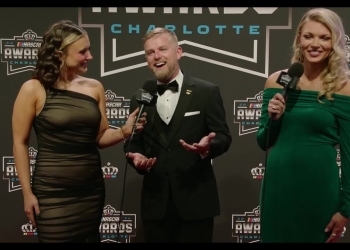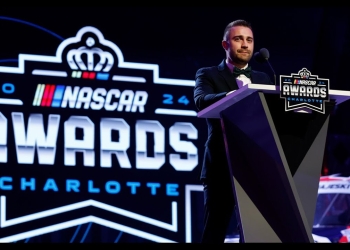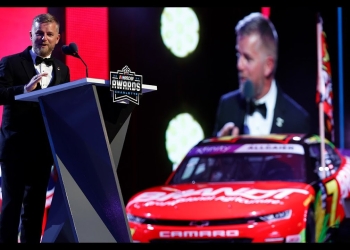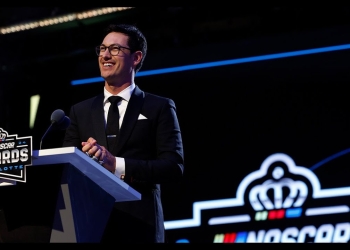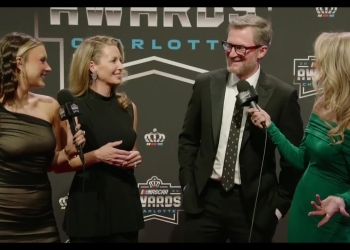Darlington Déjà Vu: A Southern 500 Spectacle
The "Lady in Black" didn't disappoint. Darlington Raceway, that egg-shaped oval of NASCAR lore, once again proved why it's the track "Too Tough to Tame." As I sat in the press box, watching the Southern 500 unfold, I couldn't help but feel a sense of nostalgia mixed with the electric anticipation of playoff racing. Kyle Larson's dominant performance reminded me of David Pearson's mastery of this track in the '70s. Larson didn't just win; he put on a clinic. But let's not get ahead of ourselves. The race was a rollercoaster from green flag to checkered.Early Drama Sets the Stage
Right out of the gate, we saw the playoff intensity kick in. Chase Elliott, still fighting for a spot in the postseason, got tangled up with Daniel Suárez. It was a racing incident, sure, but the implications were massive. Elliott's hopes took a hit, while Suárez's playoff chances hung by a thread."It's Darlington. You give an inch, and she'll take a mile," Elliott told me post-race, frustration evident in his voice.As the laps ticked by, the track began to change. That famous Darlington stripe became more than just a badge of honor—it was a strategy. Drivers flirted with the wall, trying to find that extra bit of speed. Some found it. Others? Well, they found the garage.
Mid-Race Mayhem
The middle stage of the race saw some of the most intense racing I've witnessed this season. Denny Hamlin and Martin Truex Jr. put on a show that would make the short track gods proud. Side-by-side, lap after lap, neither willing to give an inch. It was quintessential NASCAR. But here's where things got interesting. As the sun began to set and the track cooled, teams had to adapt. Pit strategies became a game of high-stakes poker. Who would blink first?Click here to preview your posts with PRO themes ››
The Final Push
As we entered the final stage, it became clear that this race would be decided on pit road as much as on the track. Crew chiefs were earning their paychecks, that's for sure. The decision to take two tires or four, to short-pit or stretch fuel—these choices would make or break a team's night. Kyle Larson's crew chief, Cliff Daniels, played his hand perfectly. A lightning-fast pit stop with about 50 laps to go put Larson in the catbird seat. From there, it was a masterclass in defending the lead. But let's talk about the real MVPs of the night: the drivers who overcame adversity. Ryan Blaney, after an early setback, clawed his way back to a top-10 finish. That's the kind of grit that wins championships.Looking Ahead to Atlanta
As the dust settles on Darlington, all eyes turn to Atlanta Motor Speedway. The playoff opener at this newly reconfigured track promises to be a wild one. With its higher banks and narrower racing surface, Atlanta now races more like a superspeedway than an intermediate track. Here's my hot take: watch out for the Chevys. They've shown incredible speed on the superspeedways this year, and I wouldn't be surprised to see them dominate at Atlanta. But in NASCAR, predictions are about as reliable as a 30-year-old spark plug.Key Takeaways
• Kyle Larson's win cements him as a serious title contender • Pit strategy will be crucial as we dive deeper into the playoffs • The playoff bubble is as unpredictable as everFinal Thoughts
As we leave the "Track Too Tough to Tame" behind, I can't help but feel a sense of excitement for what's to come. The playoffs are here, and if Darlington was any indication, we're in for one hell of a ride.Click here to preview your posts with PRO themes ››
Remember, in NASCAR, it's not just about having the fastest car. It's about having the right strategy, a bit of luck, and the guts to put it all on the line when it matters most. As we head to Atlanta, one thing's for sure: the real race to the championship starts now. Keep those belts tight and those eyes on the prize, folks. It's playoff time in NASCAR, and if you blink, you might miss something spectacular.


